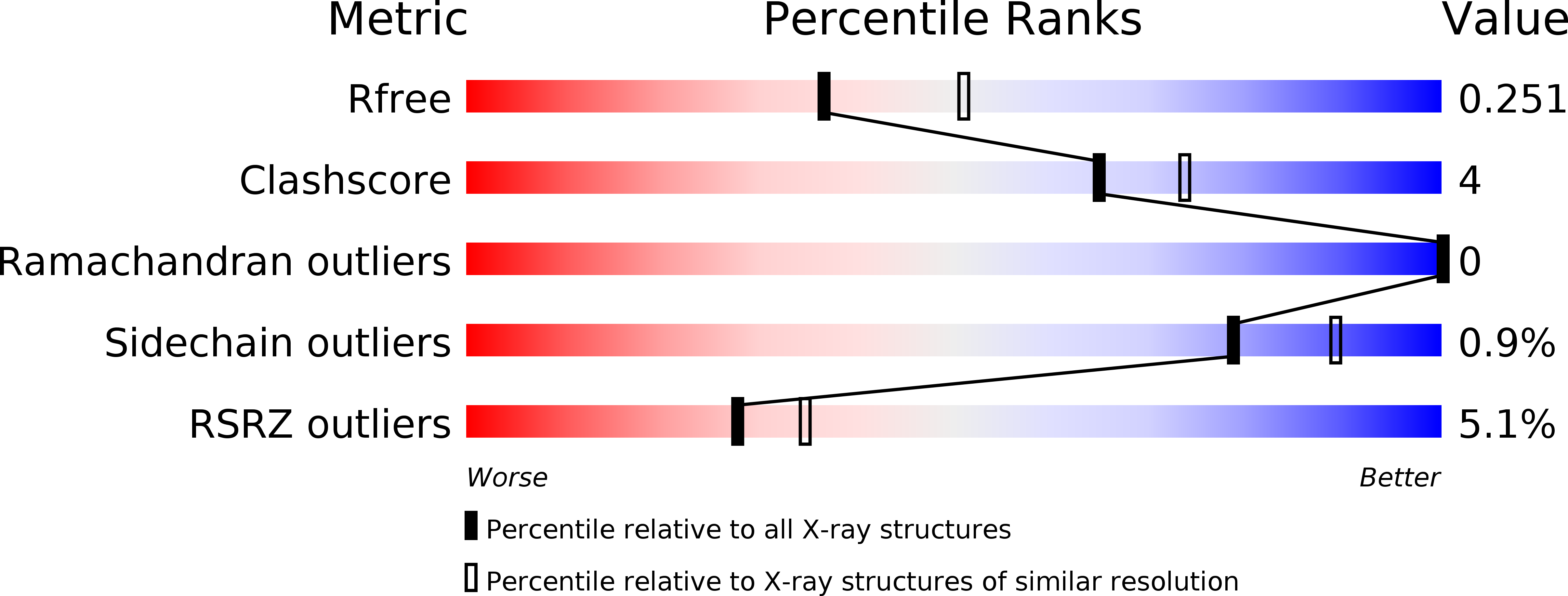
Deposition Date
2018-12-18
Release Date
2019-08-14
Last Version Date
2023-10-11
Entry Detail
PDB ID:
6NEU
Keywords:
Title:
FAD-dependent monooxygenase TropB from T. stipitatus R206Q variant
Biological Source:
Source Organism:
Host Organism:
Method Details:
Experimental Method:
Resolution:
2.30 Å
R-Value Free:
0.25
R-Value Work:
0.19
R-Value Observed:
0.19
Space Group:
C 2 2 21


